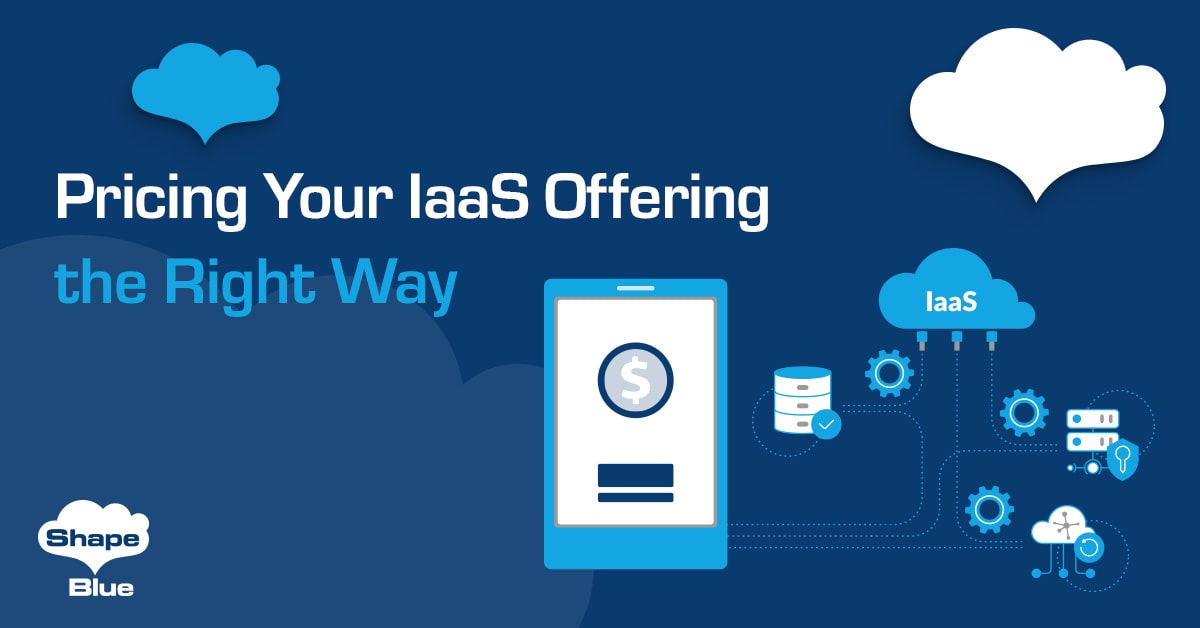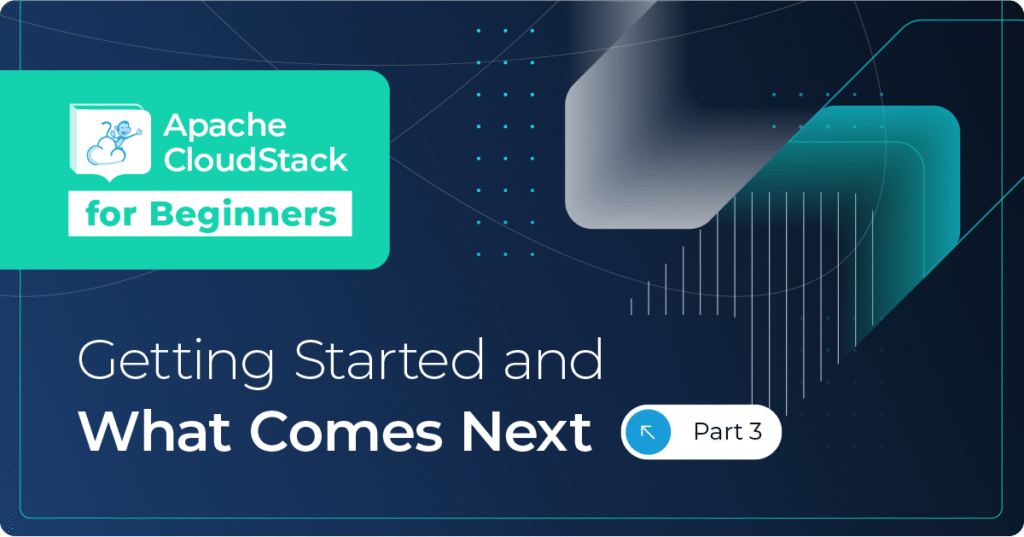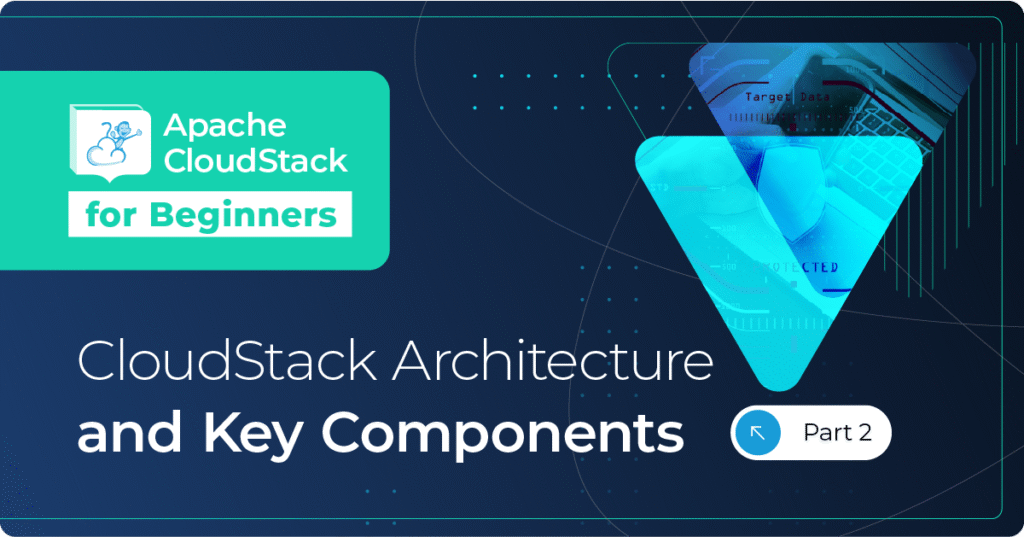There is currently enormous market demand for Infrastructure as a Service (IaaS), with organisations looking for the right solution to host their applications and workloads, build a high-performing test/dev environment or deploy a hybrid cloud solution. Others, like telcos and MSPs, need to offer a full range of services to their customers, and the cloud is key for them. This means the IaaS market is attractive for service providers around the globe to enter and launch public cloud services.
Whether you launch a new service on existing infrastructure or deploy completely new infrastructure, correct pricing is vital to ensure your business success and profitability. Below, we will provide our knowledge on best practices when pricing IaaS and critical factors to consider.
Start by Understanding Your Costs
Your costs will usually be categorized into ‘fixed’ and ‘operational’. The first thing you need to do is work out a per-unit cost for your primary units of consumption. In most IaaS environments, the primary units are:
● Compute (vCPUs) – Calculate the cost for cоmpute (per hour/day/month) and the density of VMs per physical host you expect to have on your hosts (by analysing expected workloads) and allow for overprovisioning.
● Storage – Consider different storage types (NVMe, SSD, HDD) and whether you will price them differently, and calculate a price per GB or TB. In most cases, the more storage you buy from a vendor, the better price/unit you will get, and the price may vary if the cost is based on usable, provisioned or raw storage capacity. It is also important to factor in the expected consumption of each storage type.
● Network Usage – A key decision is whether to charge separately for network consumption or bundle it in with compute and storage. You need to analyse typical workloads and what bandwidth they may require, the number of IP addresses required, and the cost.
Once you have established the infrastructure pricing, you need to add the running costs for the environment (ie., administration, staff, colocation, electricity, ongoing licenses, marketing and promotion). We suggest that you look at your scale points here.
In environments orchestrated with CloudStack, the typical scale points are: cluster (a cluster of compute hosts), pod (corresponds typically to a rack) and zone (usually corresponding to data center). Work out your scale points around those – how much does it cost and what is involved in adding a new zone or pod. The typical case in CloudStack environments is having а pod design and to scale per pod. You do not want to constantly have to add individual hosts/clusters as your secondary costs will grow enormously.
You should now have a good understanding of your cost per unit. Once you know the fixed and running costs, you consider your desired profit margin and work out pricing for the infrastructure on a per GB or per vCPU basis.
Calculate How Long You Expect to Run the Infrastructure
Usually, companies work to a 3 or 5-year write-down model, depending on policies and hardware refresh cycles. However, many mid-sized cloud providers select to buy commodity hardware and “sweat” it for as long as possible, changing only the components which fail or are approaching the end of life. This is one of the key benefits of any highly available, ‘cloudy’ solution. Commodity hardware can be swapped in and out without downtime.
When you know the expected lifespan of the hardware, you can calculate the price per year, month or hour correctly. Bear in mind that you may have a situation in which your environment is a mix of old and new hardware. In this case, you need to add the costs for the existing infrastructure. The fact that it is already there and in use does not mean that you should not include it as a cost.
Consider Performance Tiers
You should charge accordingly if you are offering different performance tiers. Offering VMs, networking and storage with different performance characteristics can be a good option to attract a wider range of businesses and better match their needs and project requirements. Performance and availability are key considerations, but those requirements vary by use cases such as SaaS, VDI, databases, HPC workloads, etc. As all applications are designed differently, they have different throughput and availability requirements.
Another factor to consider is that the VMs with a lower number of vCPUs should usually start at a higher price per core/vCPU. For VMs with a higher number of vCPUs, the price per core / vCPU should reduce.
Dealing with Peaks and Troughs
One of the advantages of the cloud is immediate elasticity, and to ensure you can deliver on that you must have sufficient capacity. Most hyperscalers can provide a per-hour billing model, and they can provide such flexible billing and instant elasticity due to their scale.
Our recommendation to smaller providers is to start with monthly or annual billing. In this way, you can be more prepared for change. Customers are also happy to look at longer-term commitment, as this provides them with security and predictability. By selling bundles of infrastructure and increasing your billing period, you can eliminate the problems associated with peaks and troughs.
At ShapeBlue we encourage companies to find a price point that is a good balance between profit margins and demand. Tailoring a pricing model can be a complex process, which requires making a whole set of decisions or reworking the initial IaaS pricing based on the workloads and types of customers you have. If you aim at a specific market, it can be wise to tailor your cloud pricing model to their needs. If you are targeting the mass market and want to scale fast, you may want to offer free trials and easy onboarding. To reiterate our earlier point – do not compare yourself with hyperscalers. You may not have the scale, but you have other advantages, and these could be why customers will choose exactly your service.
Don’t forget that the technology stack – the hardware and software you put behind your IaaS offering – is crucial for your success in terms of costs, reliability and availability. If you still have not chosen the right stack, we at ShapeBlue are here to help. Check our blog for how to choose the right cloud management platform.
Ivet Petrova is the Marketing Director of ShapeBlue. She is responsible for strengthening ShapeBlue’s global brand and market awareness of ShapeBlue’s services. Specifically, Ivet’s team is responsible for brand, advertising, content and digital marketing, social media, and media relations.
Ivet is also an active member of the CloudStack community, working on increasing the awareness of the technology and showing its benefits to a wider market.
Ivet has 13+ years of experience in marketing for IT service providers including a number of cloud and hosting providers, storage companies, SaaS providers and software development companies. She holds a Masters degree in Marketing.
Away from work, Ivet is passionate about travelling around the world and exploring new cultures.





